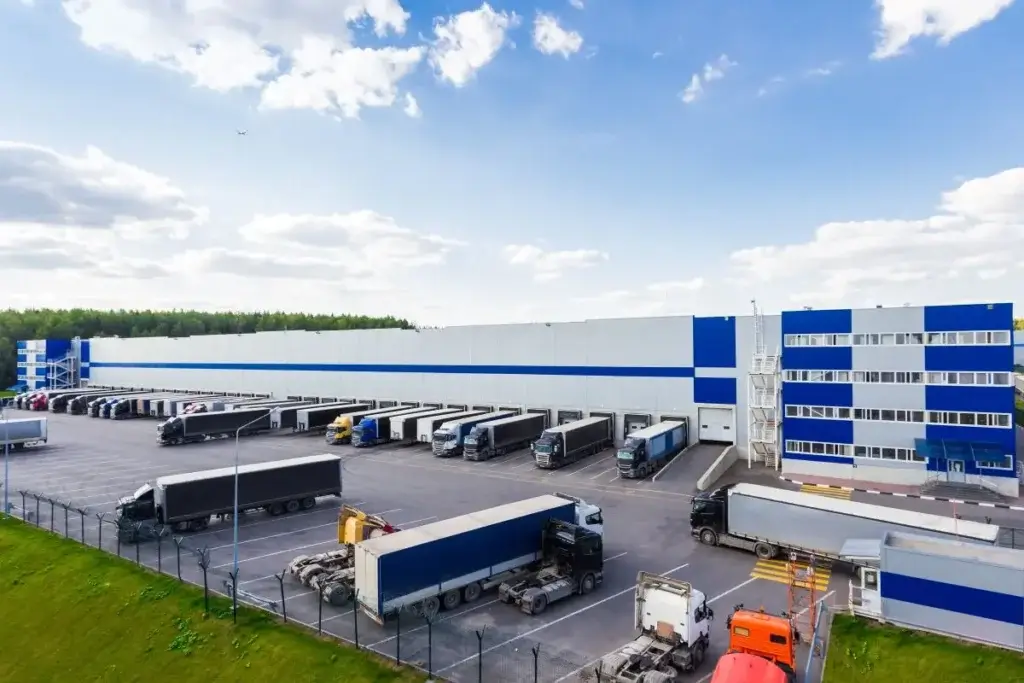This makes their job significantly harder and presents issues when attempting to deal with heightened customer expectations. On the one hand, it impacts their ability to gain accurate insights into the location and status of transports. On the other hand, it prevents carriers from making informed decisions that drive long-term growth.
These challenges became particularly apparent during the disruption caused by the COVID-19 pandemic, which forced carriers around the world to rethink how they operate. When the pandemic hit, those without RTV capabilities were left with no in-the-moment insight into the movement of goods at a time when transparency was more important than ever, leaving them struggling to cope with the speed of change.
As such, now is the time for carriers to embrace real-time visibility and unleash its power to enhance the supply chains in which they operate. Here are three key benefits on offer for those carriers ready to take the plunge.
1. Efficiency enhancements
Because RTV provides so much more data than typical telemetry services, it is most powerful when applied to carriers’ operations. It can transform both cost and operational efficiency, delivering a whole of advantages that have a direct impact on the bottom line.
For example, it has traditionally been very time-consuming and labour intensive for carriers to get an accurate status of a customer order, often requiring staff to make repeated calls and manually send requests by email and fax for status updates. RTV makes the location and status of transports available to everyone at the touch of a button, thereby saving a huge amount of time by eliminating check calls for drivers and dispatchers.
This allows drivers to focus on driving without any interruptions, while lowering communication costs for carriers and freeing up resources so that manpower can be directed towards more strategic activities.
As well as giving carriers the tools to manage people and resources more effectively, RTV also enables them to be in control and work more proactively. Instead of reacting to requests or disruptions, carriers can use RTV data to make in-the-moment decisions that help them become more productive and efficient.
2. Improved relationships
The customer experience should be a key consideration for any carrier and RTV has a key role to play in this area. Many businesses now insist on having real-time visibility into transports – a demand carriers must meet if they truly want to serve their customers in the best way possible.
Accurate RTV data connects the dots from pick-up to delivery, enabling carriers to provide valuable information that they wouldn’t otherwise have access to. This puts them in a better position to boost customer satisfaction, more effectively manage expectations, provide a superior customer experience and ultimately grow their business.
Providing full and reliable RTV data and analytics can also help carriers improve their relationships with shippers and logistics service providers (LSPs). All stakeholders get access to a single source of truth, making it much easier for companies within the supply chain network to collaborate, review operational processes and identify areas for improvement.
It ensures full transparency for everyone involved, empowering carriers to nurture their partner relationships and build trust with shippers and LSPs. This is particularly powerful during times of disruption. While certain issues such as border shutdowns are virtually impossible to predict or plan for, real-time visibility enables stakeholders to see exactly what’s happening across the network so they can react to volatile situations in a fast and informed way.
3. Empowering innovation
The third key benefit of real-time visibility is that it can future-proof carriers by providing a platform for further operational and strategic enhancements. Carriers can use the insights they collect from telemetry, map, traffic and weather data, in combination with AI and machine learning technologies, to deliver valuable business intelligence.
Having a single platform for all transports provides a more complete view of where improvements can be made, helping them make more informed decisions to drive innovation and optimize a wide range of processes – from reducing waiting times to increasing driver safety and satisfaction.
Take sustainability as an example, which is currently a hot topic in the supply chain world. By using RTV to gain deeper insights into how their transports are being used – particularly across multi-modal supply chains – carriers can calculate and monitor their CO2 emissions. In turn, this enables them to cut waste, decrease empty mileage and more effectively match capacity and demand. As well as reducing their carbon footprint, this will provide valuable cost savings and a competitive advantage.
The simple truth is that today’s carriers need total transparency. It has become particularly apparent over the last 18 months that having a partial view of their transports isn’t enough. From delivering data and insights that telemetry services simply can’t match, to acting as a springboard for innovation, real-time visibility offers too many benefits to ignore. The onus is on carriers to embrace the technology – or risk losing out to those that do.
Photo by Jametlene Reskp on Unsplash









